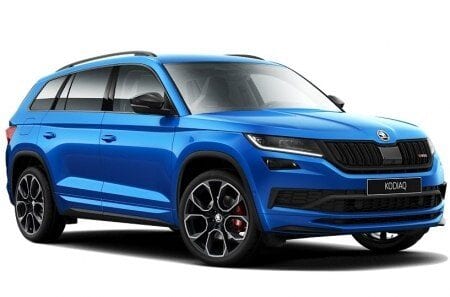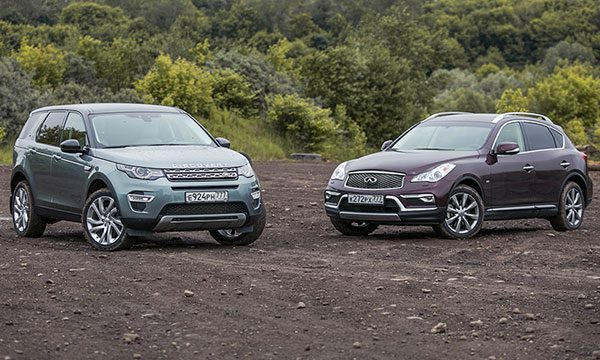
Test drive Infiniti QX50 and LR Discovery Sport
English and Japanese crossovers - two complete opposites, which, however, cost almost the same and both belong to the same class of "outdoor cars"
“Would I change anything I did? Brooks Stevens, 80, swayed to stare at the young American reporter. - Hell yes! Because all this is already hopelessly outdated.
Admirers of the American car industry put Stevens on a par with Henry Ford and elevate his Hydra-Glide motorcycle to a cult. But overseas, if an industrial designer is remembered, then only in narrow circles. But in vain, because it was Brooks Stevens who drew the car that became the ancestor of the entire SUV (Sport Utility Vehicle) segment. The American himself could not have imagined that several decades after the release of the raised Jeep Wagoneer station wagon, everyone would be called "suwami" indiscriminately. Take, for example, the Infiniti QX50 and the Land Rover Discovery Sport - two complete opposites, which nevertheless cost almost the same and both belong to the same class of "recreational vehicles."
SUVs are moving away from their usual look, like Moscow outside the roundabout, so among crossovers, you can easily find radically different variants of the embodiment of Stevens' idea. Both the QX50 and Discovery Sport are models for energetic owners, but if the refined "Japanese" prefers smooth urban asphalt with occasional trips out of town, then Land Rover loves and, most importantly, knows how to knead dirt on the entrances to Istra and is not at all shy about the harsh Russian reality with broken asphalt against the background of gray warped houses in Udmurtia.
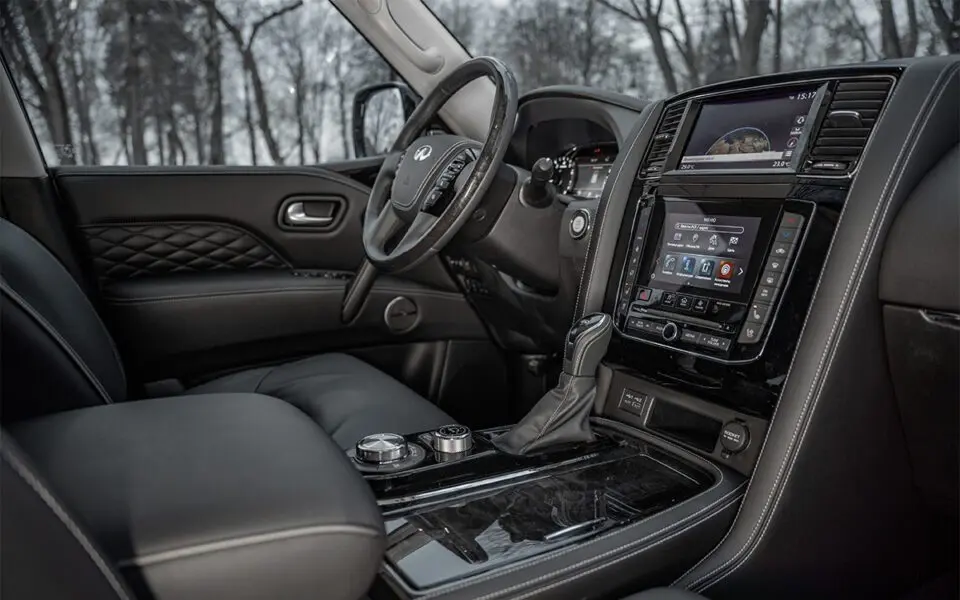
The QX50 was updated this year, and it was a very atypical restyling. Usually, a facelift implies different bumpers and a radiator grille, less often - new optics and a modified hood relief, and very rarely - a different engine range. Infiniti did not improve the already harmonious appearance, but simply stretched the crossover. After the update, the QX50 became longer by as much as 8 cm - this is a lot even for a generation change. The Japanese took this step to satisfy the demands of the Chinese with a manic craving for everything with HD, Super, Slim and Long prefixes.
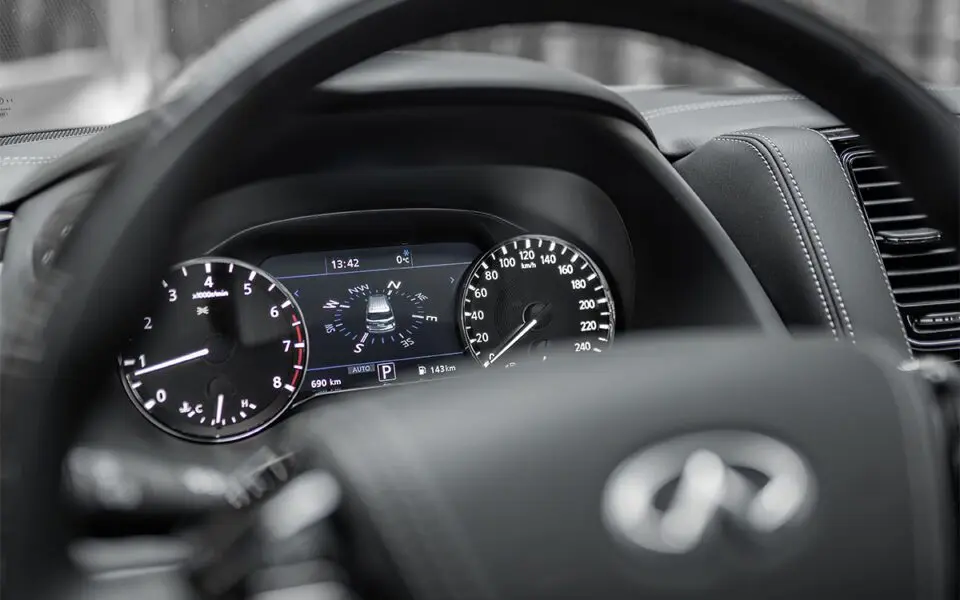
Land Rover Discovery Sport is also a story about extra centimeters. The model replaced the Freelander, which had hopelessly ended its life cycle. By the way, it was Brooks Stevens who came up with the Lifecycle theory. According to it, any manufacturer must plan the aging of the car, that is, precisely determine the moment when the design will seem irrelevant to consumers and they will stop buying the model. In the case of Freelander, the plan did not work: even in the last year of being on the assembly line, the crossover was bought no worse than any of the competitors. But the British still needed to change something: the mass market cannot resist the rules of the game for too long.

The Freelander successor turned out to be significantly larger, it is built on a new platform, it is equipped with more efficient motors and is much better tailored inside. It also has the most serious off-road potential by the segment's standards with a ground clearance of 212 mm and a Terrain Response four-wheel drive transmission mode setting system: Grass / Gravel / Snow, Mud / Ruts and Sand. In Mud mode, the Discovery Sport climbs the off-road slides as if it were smooth asphalt. The secret is that in this package of settings, the electronics do not allow slipping, and the crossover starts from second gear, thus providing the maximum effect from the torque, and not from the engine power, as, for example, in the "Sand" mode. On steep descents, Discovery Sport is only let down by the road tires, whose tread is hopelessly clogged. A little more gas - and the crossover is already at the very top, but it does not work out there: on locked wheels, like on skis, the SUV goes down against its will.
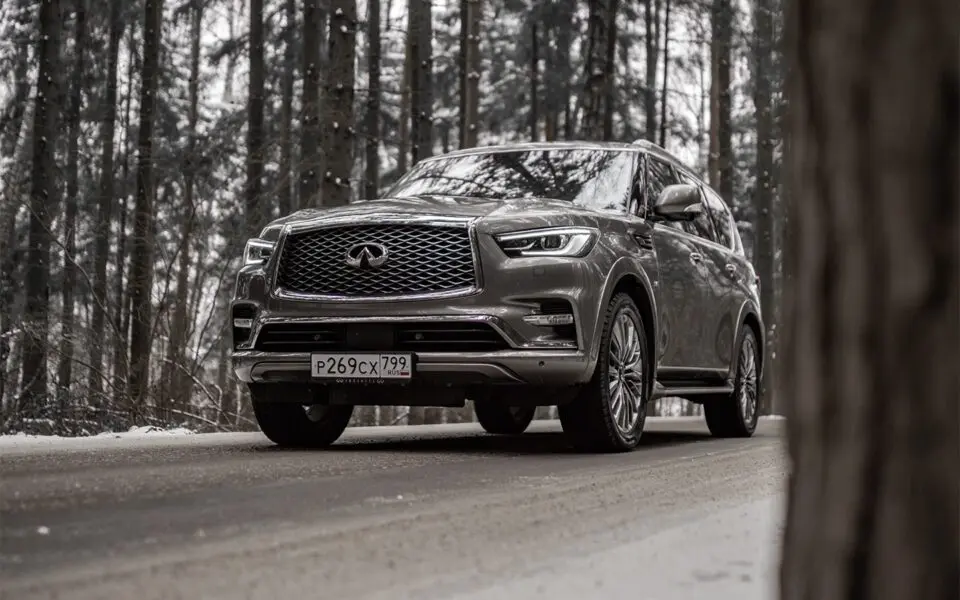
On the same track, the Infiniti QX50 behaves predictably fearfully: either it fears ruts and a sharp drop in elevation, or simply does not want to get dirty. But the absolute helplessness in the bi-xenon optics of the "Japanese" is not readable: the ground clearance of 165 mm with a margin was enough to overcome a small ditch with diagonal hanging. He got proud, caught his breath with the second speed of the cooling fan, but did not begin to storm the slippery hill - this was not his business.
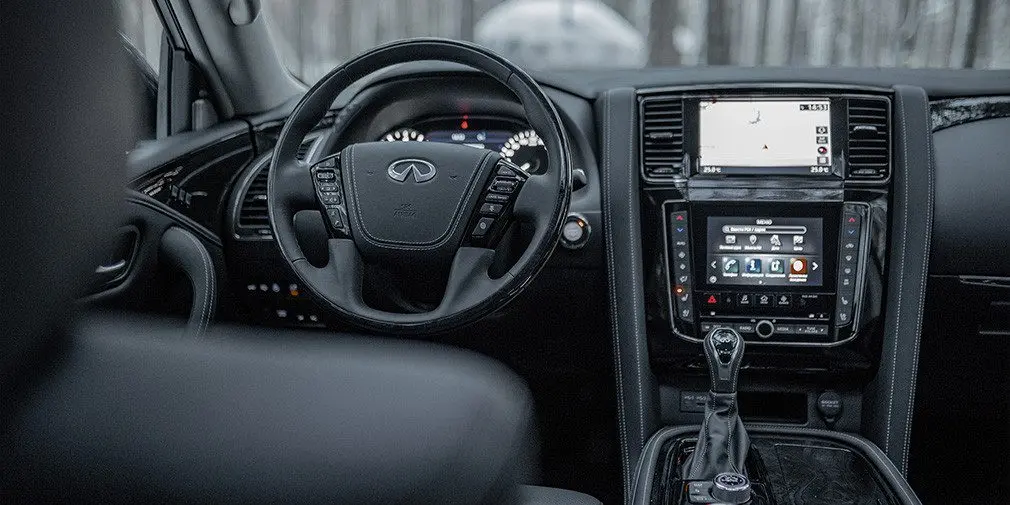
On the fast, like Gareth Bale, Kutuzovsky Prospekt, the balance of power is completely different. Land Rover Discovery Sport with its obscenely "long" steering wheel does not seem nimble enough here. Reactions are slightly slowed down, but no one promised with such-and-such clearance and huge by the standards of SUV wheels (245/45 R20) of passenger handling. Discovery Sport dives from row to row with the characteristic laziness of tall crossovers and expectedly falls short of the pace of a QX50 built on a passenger chassis.
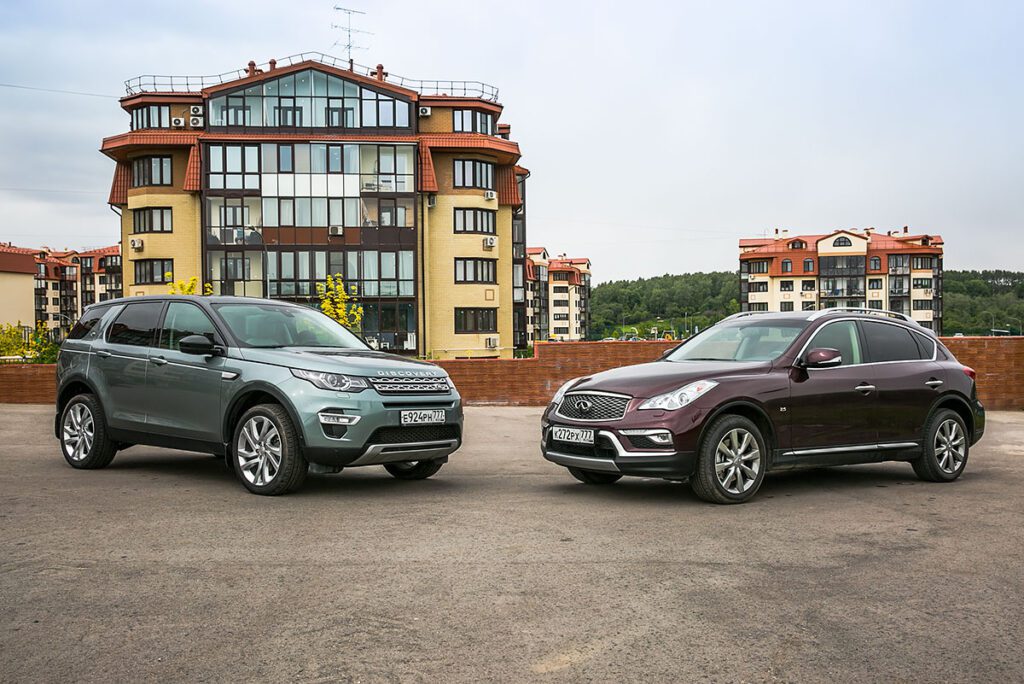
Infiniti is based on the Nissan FM longitudinally engineered architecture. The main feature of this platform is the maximum motor shifted within the wheelbase. In this way, the Japanese solved two problems at once: they achieved an almost ideal weight distribution along the axles (in front of only BMW X1) and increased the torsional rigidity of the body. Unsurprisingly, the FM is a deeply modernized architecture of the iconic Nissan Skyline sports car. As a result of its composure, the QX50 is the envy of another mid-size sedan. But there is another side of the platform: the suspension will roughly remind of the sports pedigree, having worked hard at the joint on the TTK or shuddered on the tram tracks.
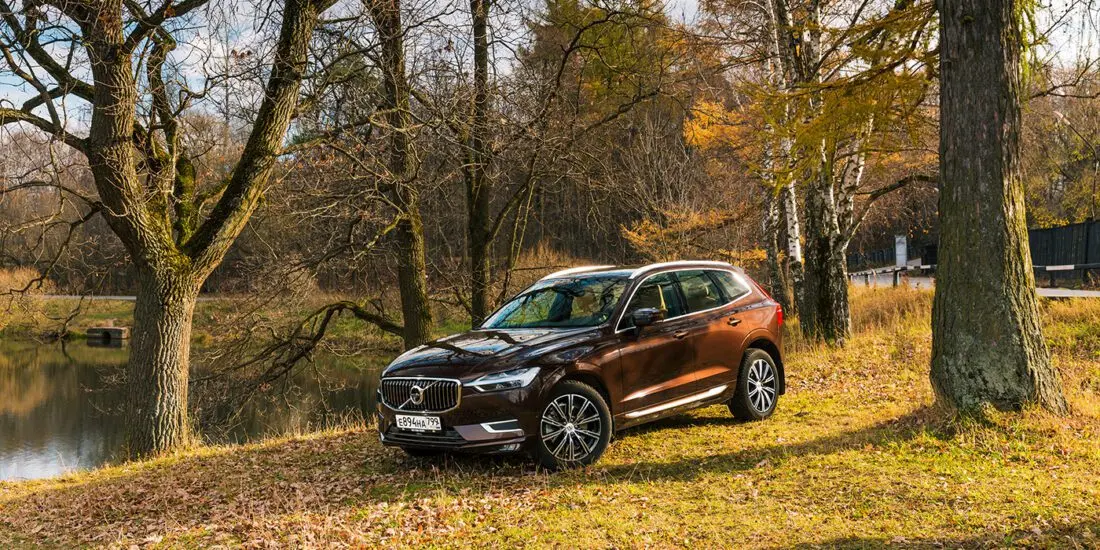
The Discovery Sport's tolerable laxity is the result of engineers experimenting with Ford's EUCD platform. It was not possible to cram the third row of seats into the interior of the crossover, although a couple of years before the release of the serial Discovery Sport, the manufacturer announced that the model would be seven-seater. The British solved the problem with their inherent elegance - they simply replaced the MacPherson-type rear suspension with a compact multi-link. She, of course, looks like an implant in a Hollywood smile, but it copes with its tasks, albeit it allows for greater rolls than the Evoque.
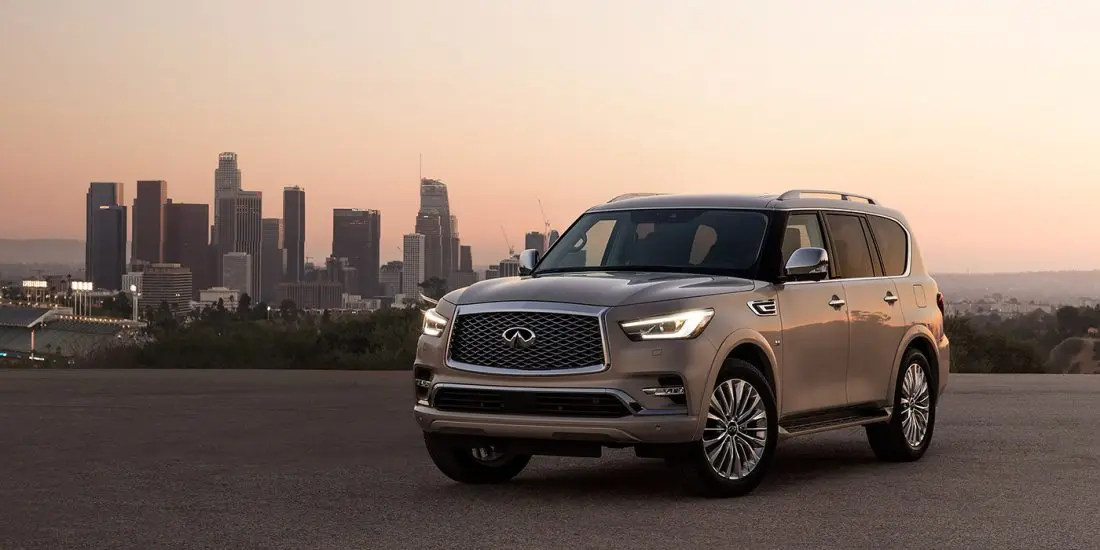
But rolly against the background of the "Japanese" Disco Sport will not leave a chance for a classmate on a straight line. The base Land Rover is equipped with a supercharged 2,0-liter "four" with 240 hp. and 340 Nm of torque, while the QX50 is a naturally aspirated V6 that produces 222 hp. and 253 newton meters. And these are also completely different schools, as, by the way, and gearboxes: an English engine is paired with a technologically advanced adaptive nine-speed "automatic" XF, and a Japanese one - with a classic six-speed automatic transmission.
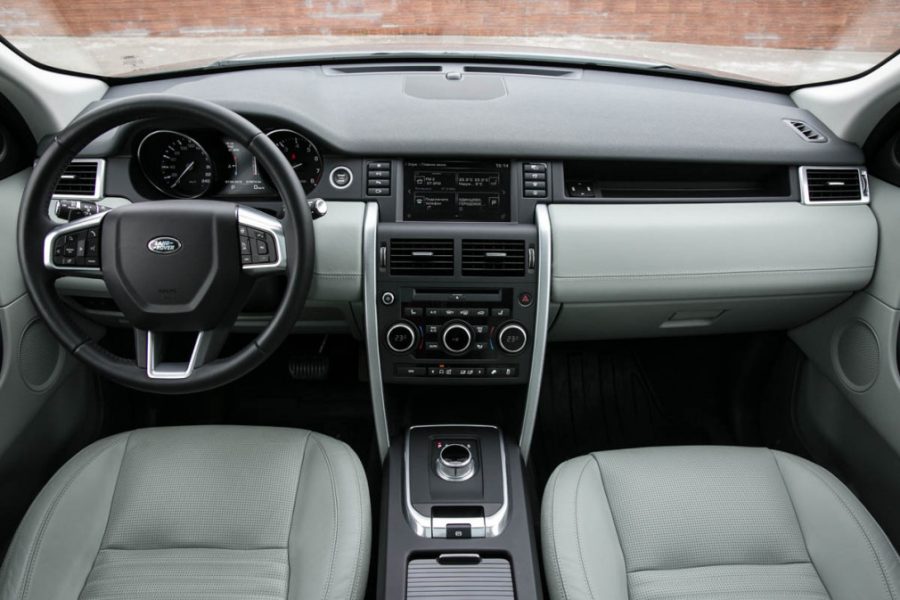
The difference is acutely felt on the go: Discovery Sport gets confused in the gears, trying to do what is best, but sometimes it is too wise, so it turns out as always. QX50, acts in a straight line: cut-off, switch-over, cut-off. And so seven times. But due to the greater torque, the English crossover gains 100 km / h in 8,2 seconds, while the "Japanese" takes 9,5 seconds to do this. Another thing is that the dynamics of Infiniti are livelier, more truthful - with the real rumble of the "six", honest switching and absolutely empty "lows".
Inside, the QX50 is still the same Infiniti with a pixelated multimedia display, a 90-degree keyboard and an oval clock on the front. And although the index of the model is the same as that of the Q50 sedan, the crossover has nothing in common with the interior of the sedan. Except, perhaps, a boring dashboard with a monochromatic dial and steering wheel, like in the Nissan X-Trail. But in every archaism of the "Japanese" one reads premium, whether it is the front panel lining made of thick leather or inserts made of real wood. The philosophy of Land Rover here turned out to be different: Discovery Sport does not pretend to be a premium, although it is up to him to give it a bumper. The interior of the crossover was cut according to the templates of the premium Evoque and differs from it only in the finishing materials. Here - the material is rougher, there - instead of varnish, a matte insert, and aluminum was replaced with plastic.
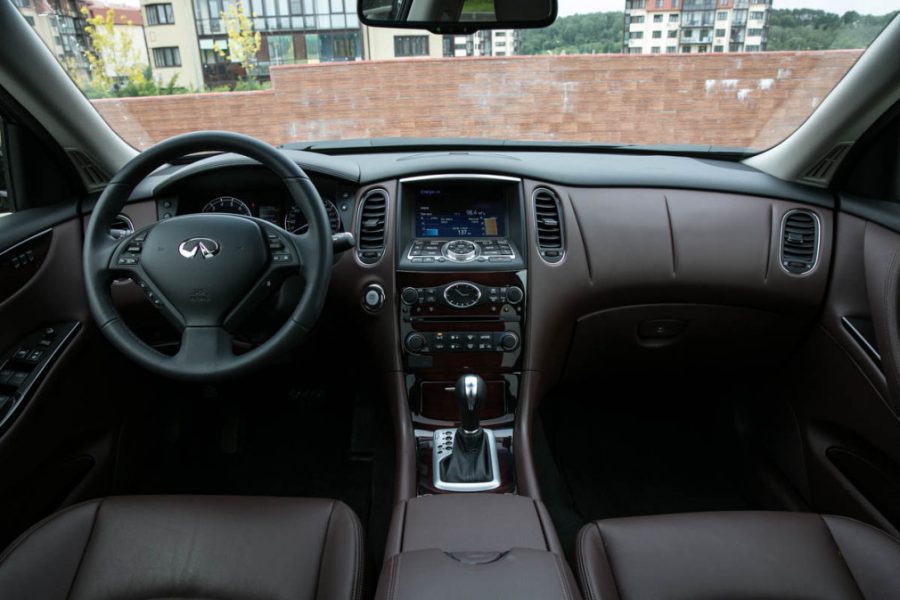
Brooks Stevens died in 1995, leaving the car market the most popular segment. Heroes, losers, upstarts or hereditary bestsellers, a premium Infiniti QX50 for $ 32 or an off-road Discovery Sport for $ 277 - no matter what kind of car we are talking about, the designer hinted: “You need to constantly instill in buyers the desire to own something a little newer and better than before. "
| I | LR Discovery Sport | ||
| A type | Universal | Universal | |
| Dimensions (length / width / height), mm | 4745/1800/1615 | 4589/1724/1684 | |
| Wheelbase, mm | 2880 | 2741 | |
| Ground clearance, mm | 165 | 212 | |
| Cargo space, l | 309 | 479 | |
| Curb weight, kg | 1843 | 1744 | |
| engine's type | Gasoline, atmospheric | Gasoline, supercharged | |
| Working volume, cubic meters cm. | 2496 | 1999 | |
| Max. power, h.p. (at rpm) | 222 (6400) | 240 (5800) | |
| Max. cool. moment, nm (at rpm) | 252 (4800) | 340 (1750) | |
| Drive type, transmission | Full, 7АКП | Full, 9АКП | |
| Max. speed km / h | 206 | 200 | |
| Acceleration from 0 to 100 km / h, s | 9,5 | 8,2 | |
| Fuel consumption, average, l / 100 km | 10,7 | 8,2 | |
| Price, $. | 32 298 | 36 575 |
